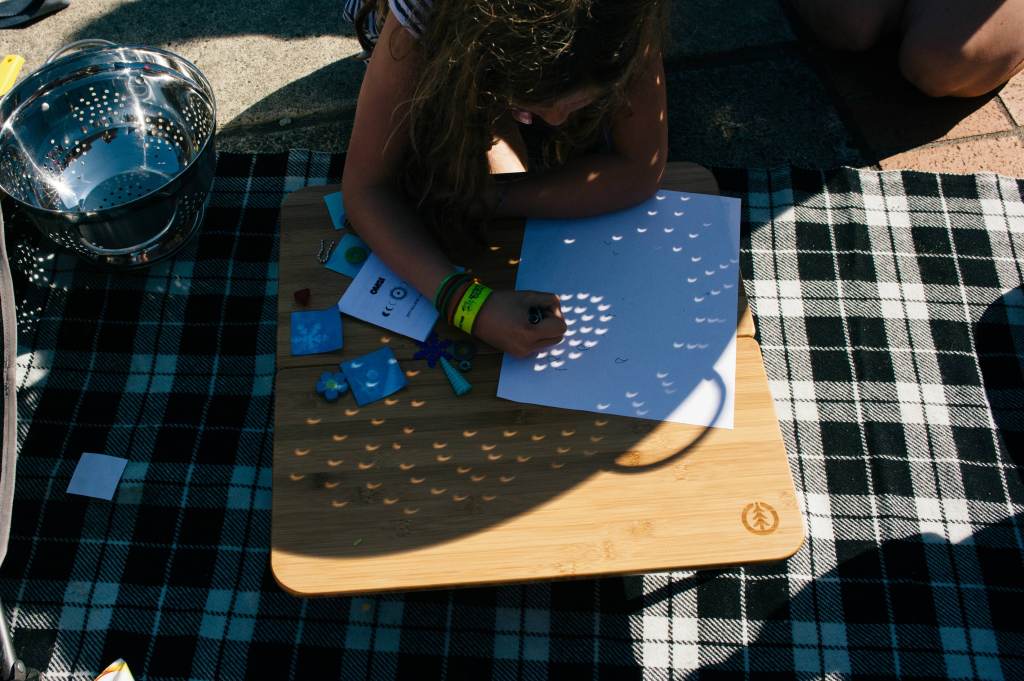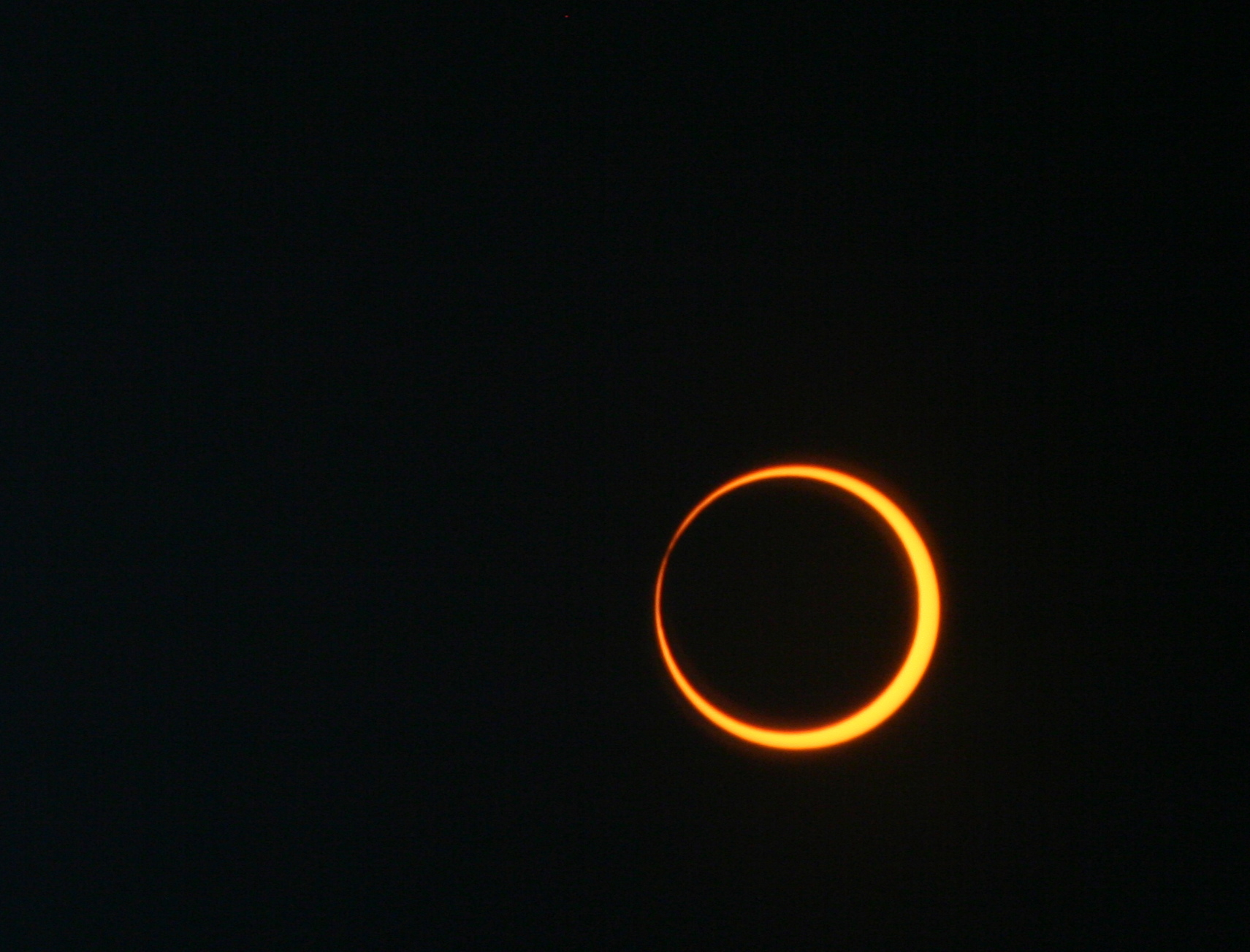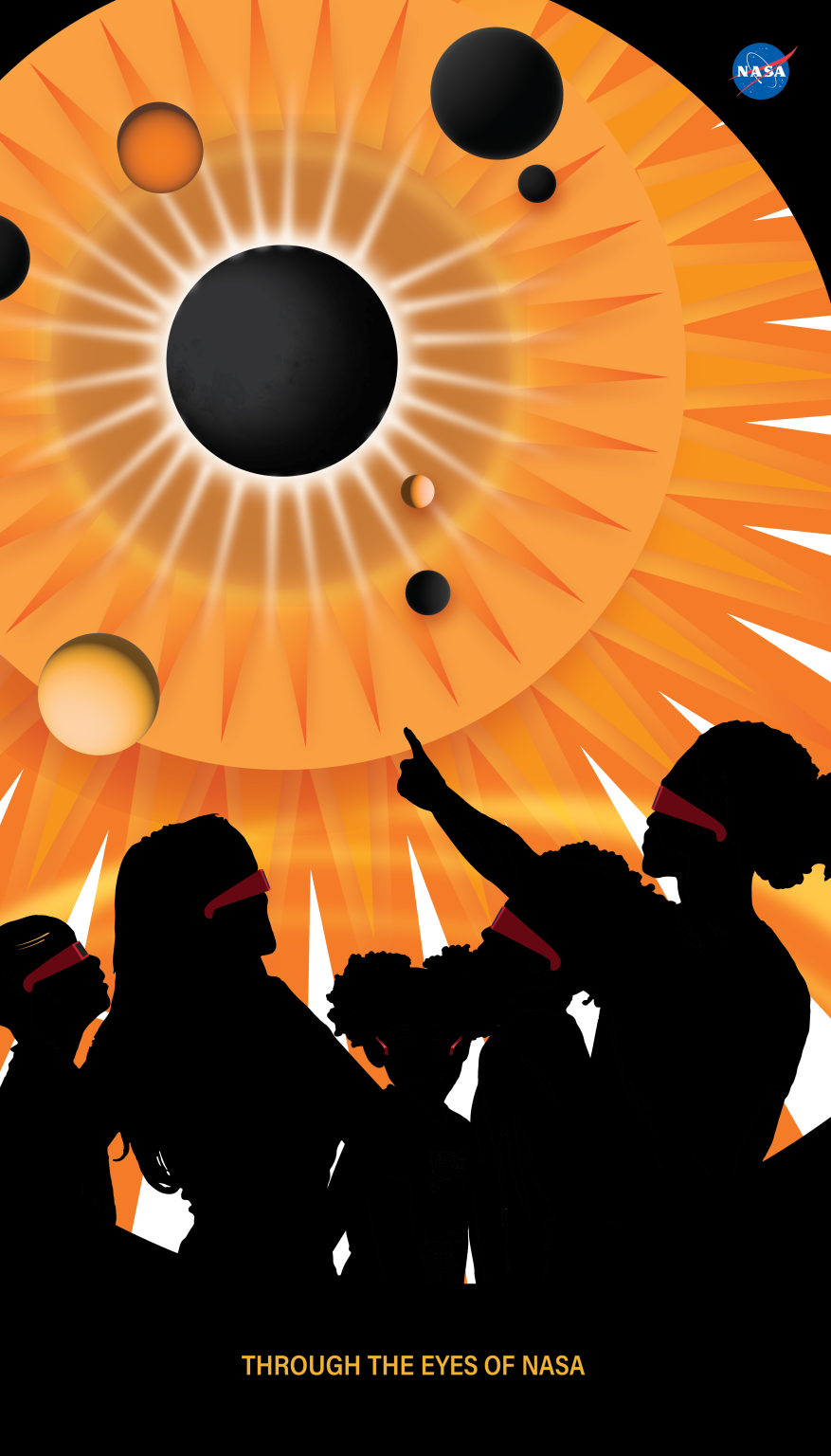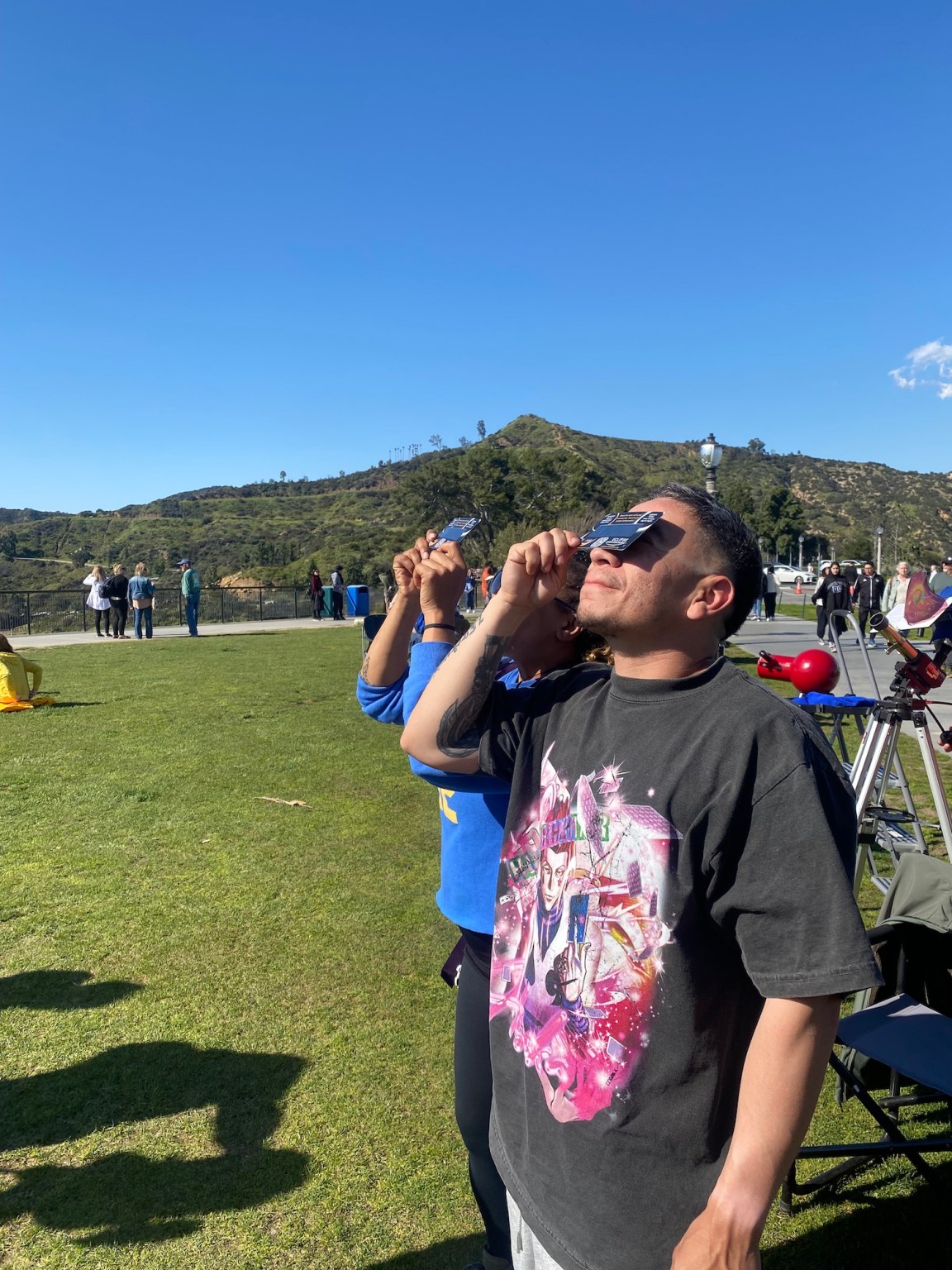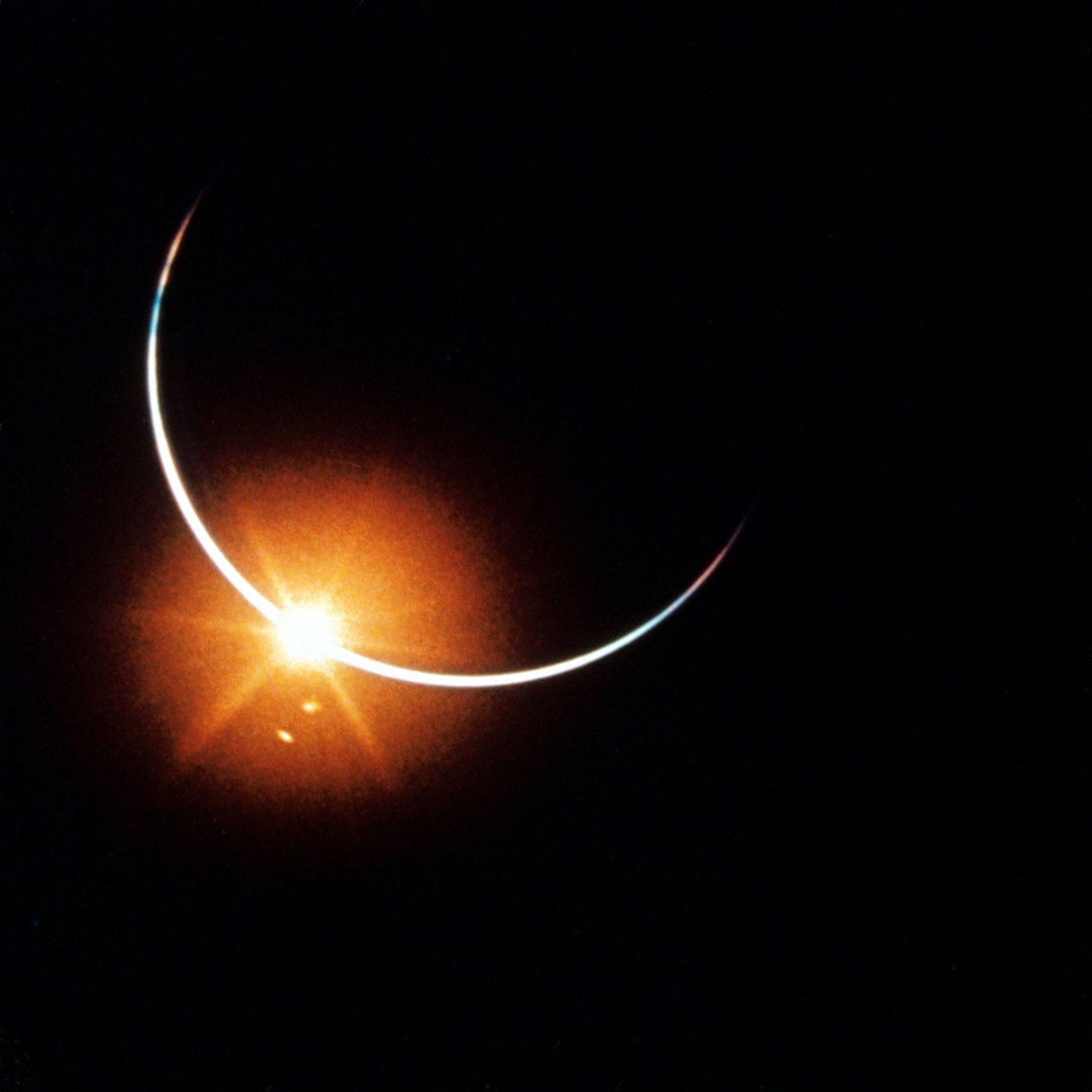On April 8, 2024, a total solar eclipse – when the Moon passes between the Sun and Earth, completely blocking the face of the Sun – will cross North America, passing over Mexico, the United States, and Canada. During the eclipse, the sky will darken as if it were dawn or dusk, and you won’t want to miss this awe-inspiring experience of a lifetime – the next total solar eclipse visible from North America won’t happen until the year 2044!
Whether you’re on or off the path of totality, use this guide to help you explore live and virtual opportunities presented to you by teams from NASA’s Science Activation Program for safely enjoying the eclipse and even contributing as a volunteer to do NASA Eclipse science.
Note: Safety is the number one priority when viewing an eclipse. Be sure to familiarize yourself with the NASA 2024 Total Solar Eclipse Safety Guidelines as you make plans for an awesome eclipse-viewing experience. If you don’t already have solar eclipse viewing glasses, learn how to make a pinhole camera for safe indirect eclipse viewing.
| Description/Audience/Organization | In-Person Eclipse Experience | Livestream/Virtual Eclipse Experience | Do NASA Eclipse Science |
| Not in the path of the eclipse? Not able to get outside? Watch from anywhere in the world! NASA will provide live broadcast coverage on April 8 from 1:00 p.m. to 4:00 p.m. EDT and on YouTube. | X | ||
| Individuals, families, science clubs, and educators can join the Eclipse Soundscapes Citizen Science Project to collect multi-sensory observations and recorded sound data during the total solar eclipse to help study how solar eclipses impact various U.S. ecosystems. The Observer Role Quickstart Guide is a great place to start. There's even a companion curriculum for educators! | X | X | |
| Dive into the eclipse with live telescope feeds and educational programming from the Exploratorium and NASA—broadcasting live from the path of totality in Junction, Texas. Live program feeds, hands-on activities, and resources available in Spanish and English. | X | ||
| The Nationwide Eclipse Ballooning Project will use balloon systems to broadcast live streams of the Moon’s shadow from a space-like perspective. | X | ||
| People everywhere can download the GLOBE Observer app and use the Eclipse tool (coming in March) to make air temperature and cloud observations during the eclipse. On or off the path of the total solar eclipse, your observations will help advance eclipse scientific research. And for informal educators who want to invite their learners to get involved, there's a toolkit. | X | X | |
| Experience what the total solar eclipse would look like from multiple perspectives with this interactive tool from NASA's Eyes on the Solar System. | X | ||
| Our Sun is not quite a perfect sphere. Knowing our Sun’s true shape will give scientists new clues about its mysterious interior and test theories of gravity. But measuring the exact shape of this enormous ball of super-hot gas has been impossible - until now. Download the SunSketcher app during the total solar eclipse to help the SunSketcher project make these measurements. You’ll open the app, set your phone on a surface to automatically photograph the eclipse, and enjoy the moment technology-free while contributing to a massive scientific effort. Anyone in the path of totality with a smartphone can participate! | X | X | |
| The Dynamic Eclipse Broadcast (DEB) Initiative is a collaborative scientific effort that has created a North American network of volunteer citizen scientist solar observation teams who will conduct coordinated observations of the total solar eclipse. All 81+ DEB sites will upload images to their image server, and selected observation sites will stream live video produced in partnership with SolarSTEAM and NASA EDGE. | X | ||
| Eclipse Megamovie 2024 (EM2024) will set out to discover the secret lives of solar jets and plumes. To learn more about these dynamic solar phenomena, the project is recruiting people along the path of totality to capture and share high quality images of what they see. The team is also recruiting Python coders to help stitch all the contributed images into a single "megamovie" of totality, which promises to reveal new views of solar jets and plumes. Sign up on the EM2024 website to join our team! | X | X | |
| Did you see the eclipse in-person and are now wondering: “What do we do now?!” Eclipse Nature Note guides in- and out-of-school educators to support youth to turn the experience of the eclipse into a publishable scientific observation. This is a great way to wrap up the eclipse experience and pairs well with both GLOBE Observer and Eclipse Soundscapes. Submitted Eclipse Nature Notes will be included in an interactive map documenting the experience of the eclipse across the continent! | X | X |
Eclipse Learning Resources
Want to learn more beforehand or build on the excitement afterward? Here are some resources that you can use.
For Learners of All Ages – Everyone!
- Kids ages ~8-13 years old will have a blast exploring these fun eclipse learning resources from NASA Space Place.
- An Eclipse Essential: Safe and Stylish Solar Viewing Glasses. This cool activity engages learners in the wonders of solar viewing by having them personalize their solar viewing glasses, helping you keep solar viewing safe, easy, and fun with a hands-on, art-infused, 25- to 30-minute activity for audiences of all ages.
- Enjoy this 7-minute NASA Launchpad video to learn about the unique geometry and the distances and sizes of the sun and moon as seen from Earth that allow us to witness the sun's corona or actually be in the path of totality. From NASA eClips.
- Explore SciGames for digital games, eclipse path maps, and easy hands-on activities for individuals and families. From NASA@ MyLibrary.
- Check out cool hands-on activities, Eclipse 101 videos, and more. From Exploratorium.
- Check out this new interactive eclipse tool from the Cosmic Data Stories project to view what the eclipse will look like from any location! Speed up or slow down time and watch what happens as the Moon moves in front of the Sun; catch the ethereal glow of the Sun's corona during totality; and see what percent of the Sun will be eclipsed where you live. Wondering what the weather will be like during the eclipse wherever you are? This tool can also help you explore historical cloud cover data across the US to see where it has typically been cloudy or clear over the last 20 years – which may help you decide where to travel to on April 8, 2024. Check back soon for improved cloud cover data and exploration tools, which will be added in the coming weeks. An Educator Guide helps make this an awesome resource for classroom use, too. Multiple interactive views of the October 14th annular eclipse are also available.
- Awesome eclipse-related videos and visualizations from NASA’s Scientific Visualization Studio.
- Experience what the total solar eclipse would look like from multiple perspectives with this interactive tool from NASA's Eyes on the Solar System.
- Interested in astrophysics? NASA's Universe of Learning has put together some cool astrophysics-related eclipse resources available online. You’ll find information about two topics that align with eclipse science: gravitational lensing and exoplanet transits. This collection of resources includes articles, images, and videos that can help you understand and, if you’re a formal/informal educator, explain the science. Additional activities will help you explore gravitational lensing and exoplanet transit science for yourself.
For Formal & Informal Educators
Observing the sky is a part of being human, and eclipses are no exception. Every culture that has seen an eclipse has developed a unique understanding and knowledge around eclipses. The Eclipse Ambassadors project has developed “Ways of Knowing: Eclipses Around the World”, a beautiful card and slide set to honor these diverse perspectives and the cultures who have shared them with us. Whether you print these cards or use the slide deck, we encourage you to share the wonders of eclipses from cultures around the world. Included, you will find tips from experts on engaging your audience and cultural sensitivity.
Click on the tabs below to discover additional resources for formal and informal educators who plan to share about the wonder of the upcoming eclipse in various settings.
In the Classroom
Great for before and after the eclipse, these Solar Eclipse Mini-Lessons are a hit with students; from MyNASAData.
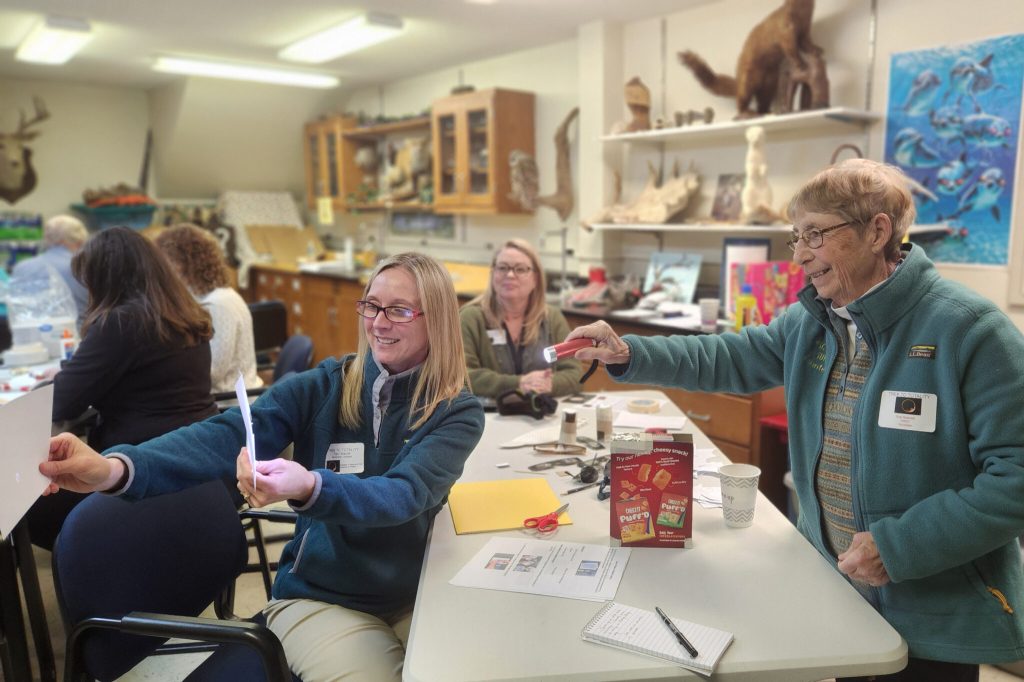
Parks and Natural Areas
Interpreting Eclipses Webinars. From Earth to Sky.
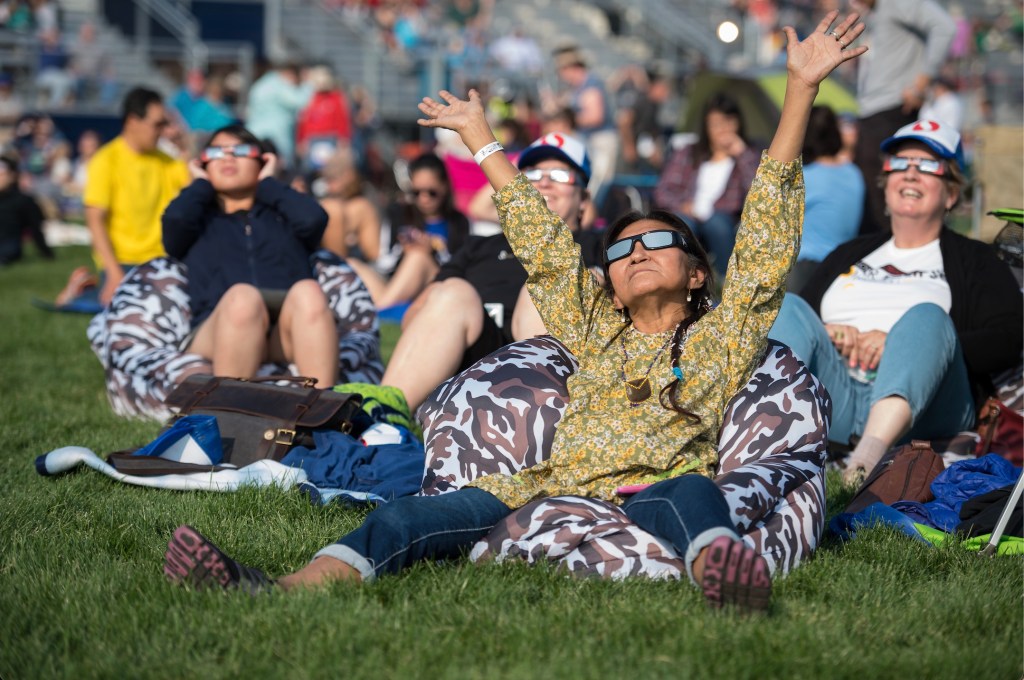
At Museums and Science Centers
Event planning, hands-on activities (English and Spanish), slides, training materials, and more. From the National Informal STEM Education Network (NISE Network).
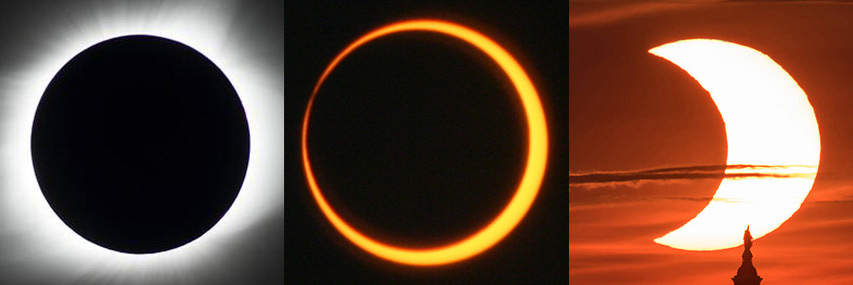
Planetaria
Three stunning short films on eclipses (in English and Spanish, in full planetarium dome and flat screen formats, free of charge) along with related educational activities. From the Science Through Shadows project.
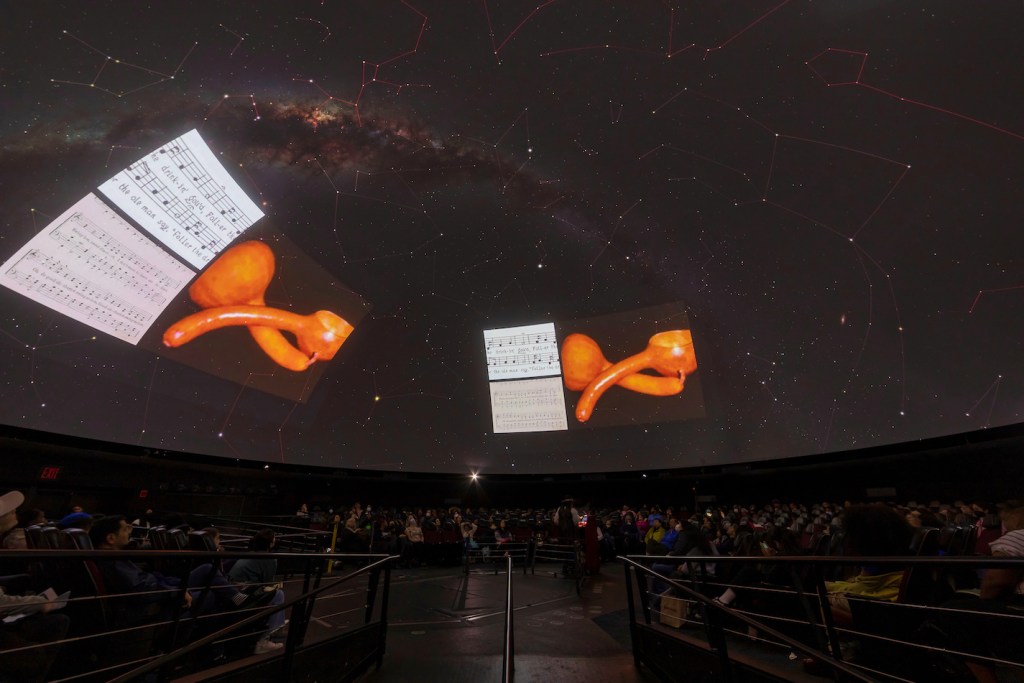
Libraries
Solar Eclipse Activities for Libraries, including webinars, printouts for patrons, spanish language resources, and more. From NASA@ My Library.
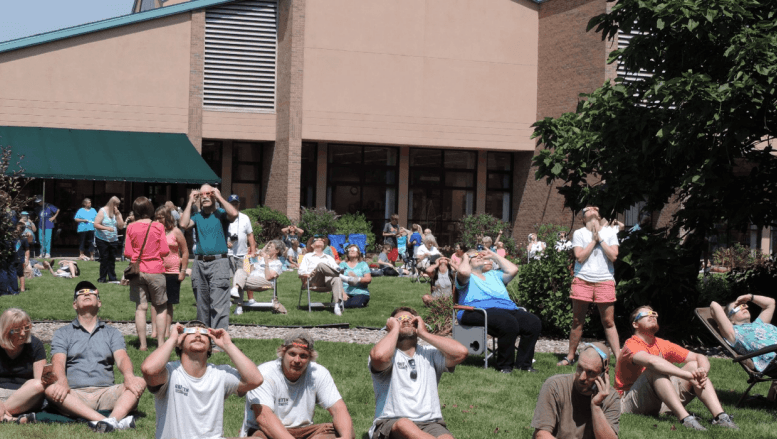
Education Everywhere
NASA has created a Total Solar Eclipse Training designed to assist those who are interested in sharing information about the total eclipse, such as giving a talk, hosting eclipse-related outreach events and watch parties, or leading others as they participate in eclipse-related activities.
